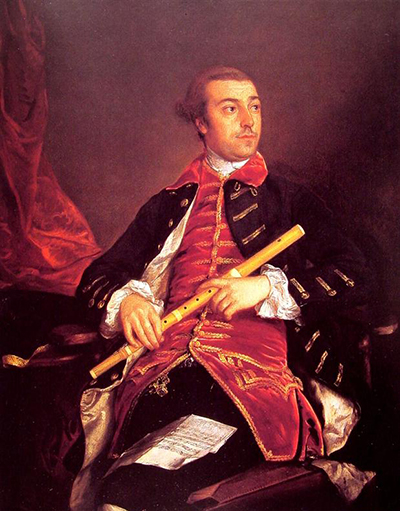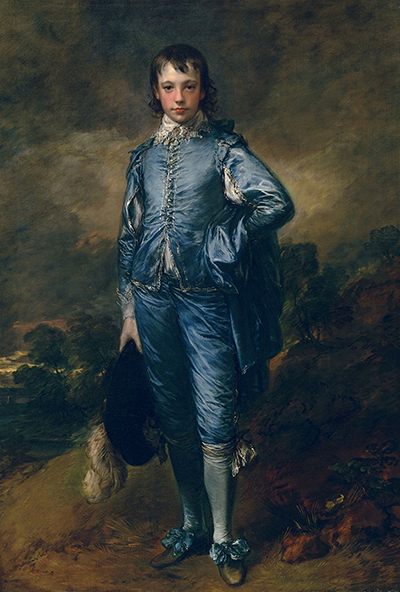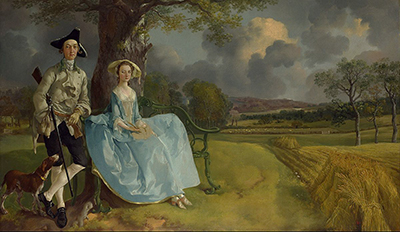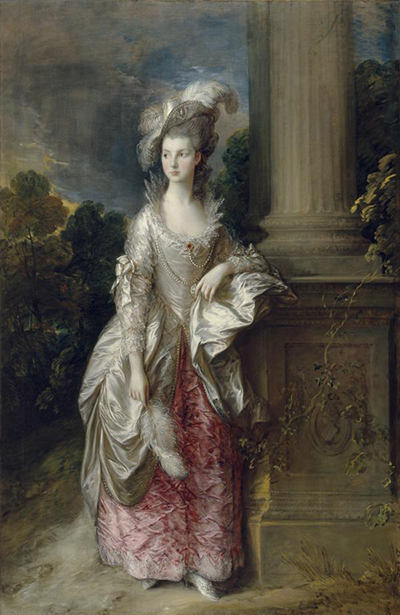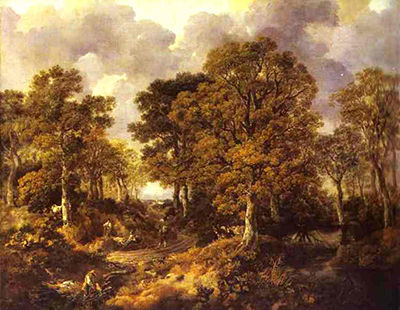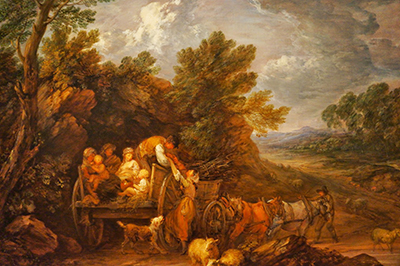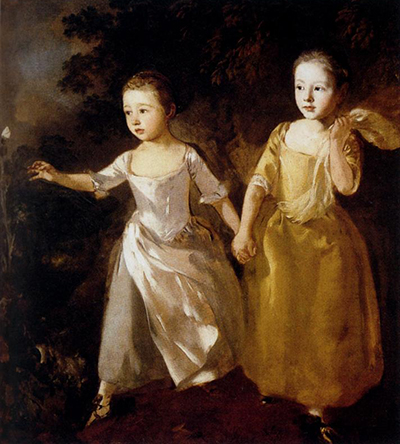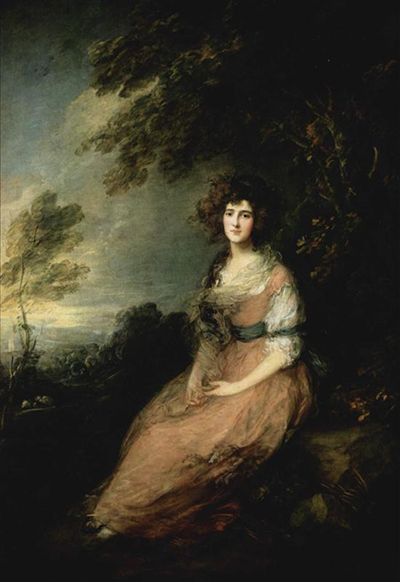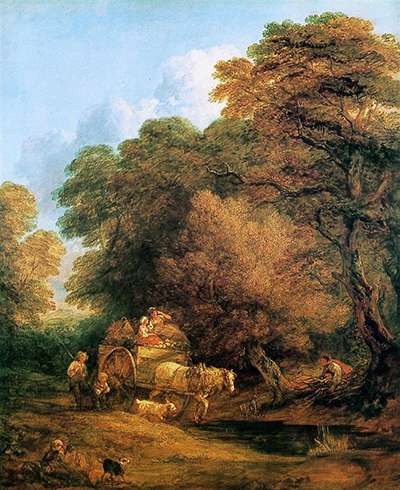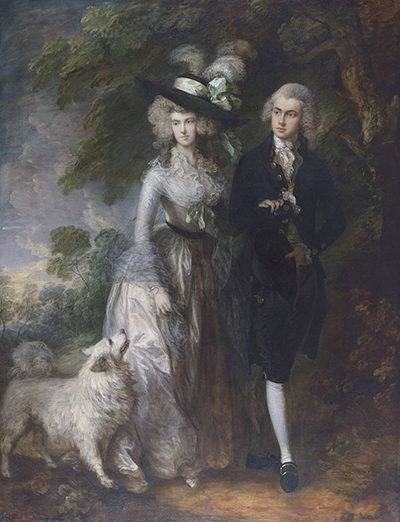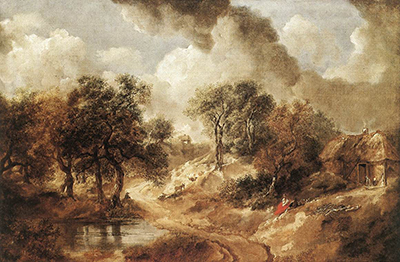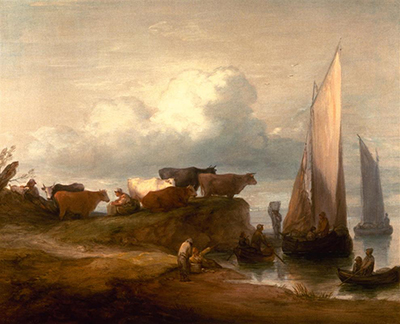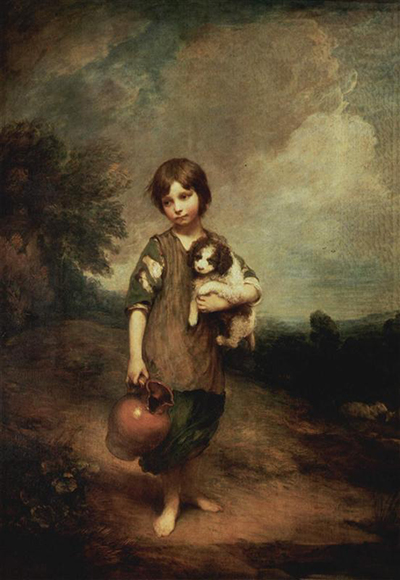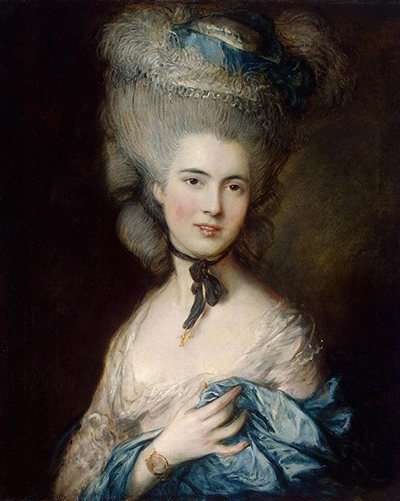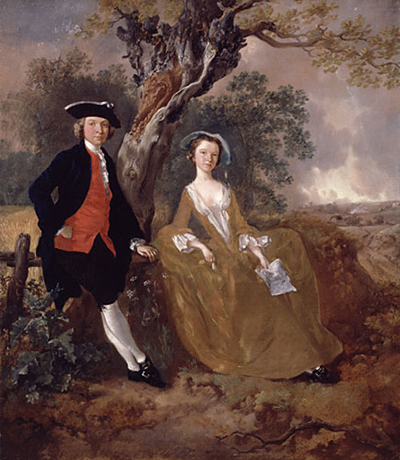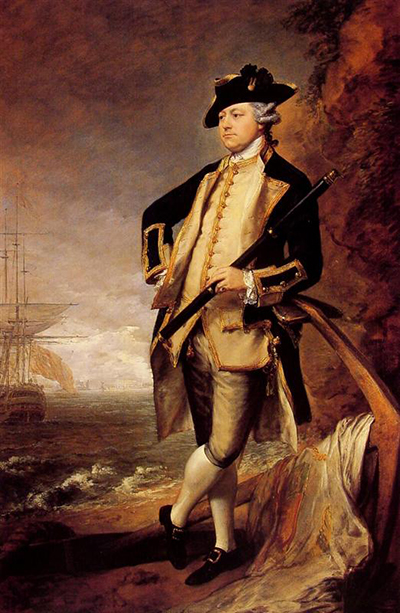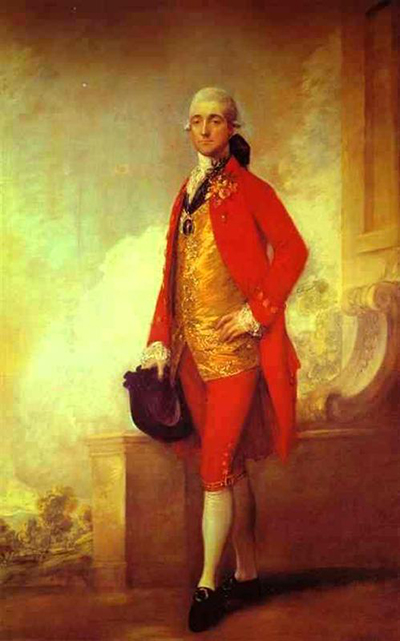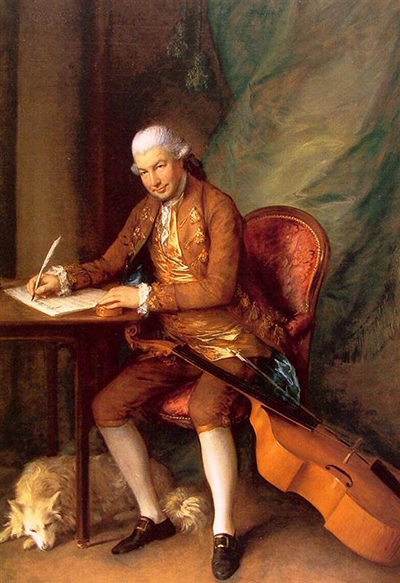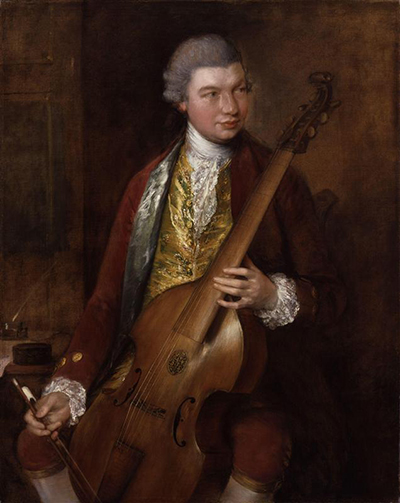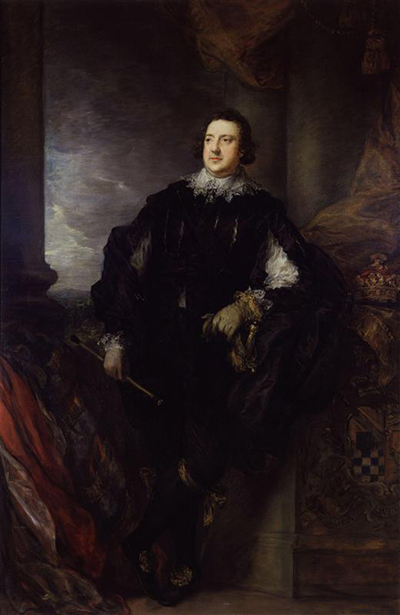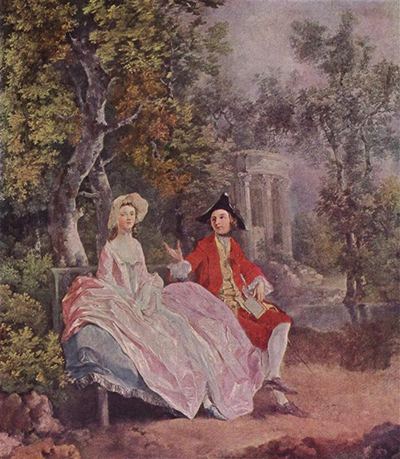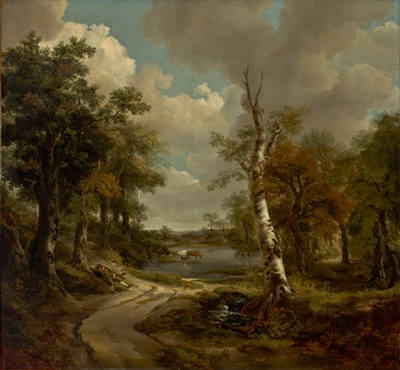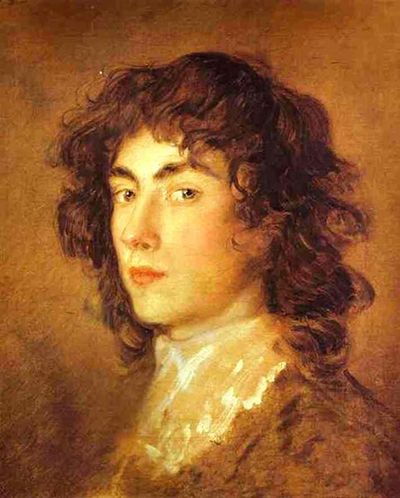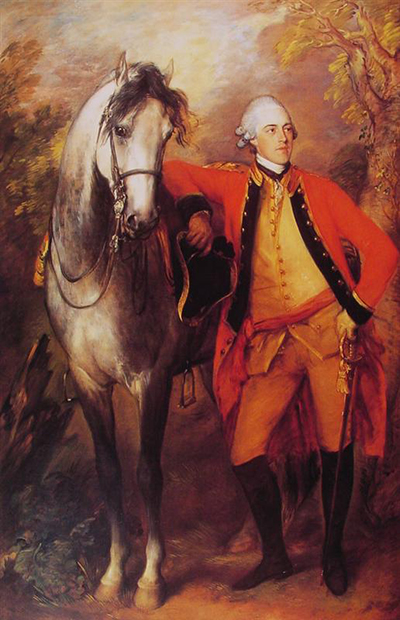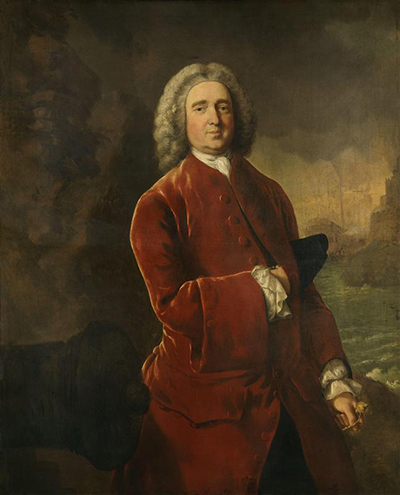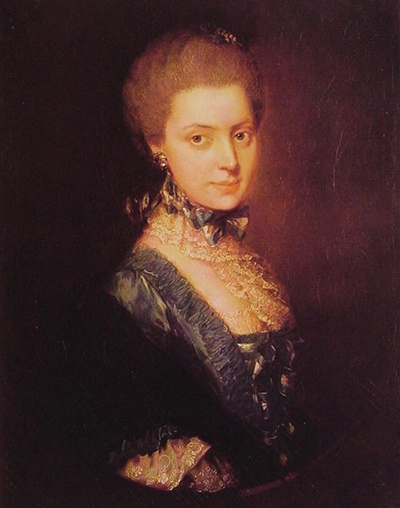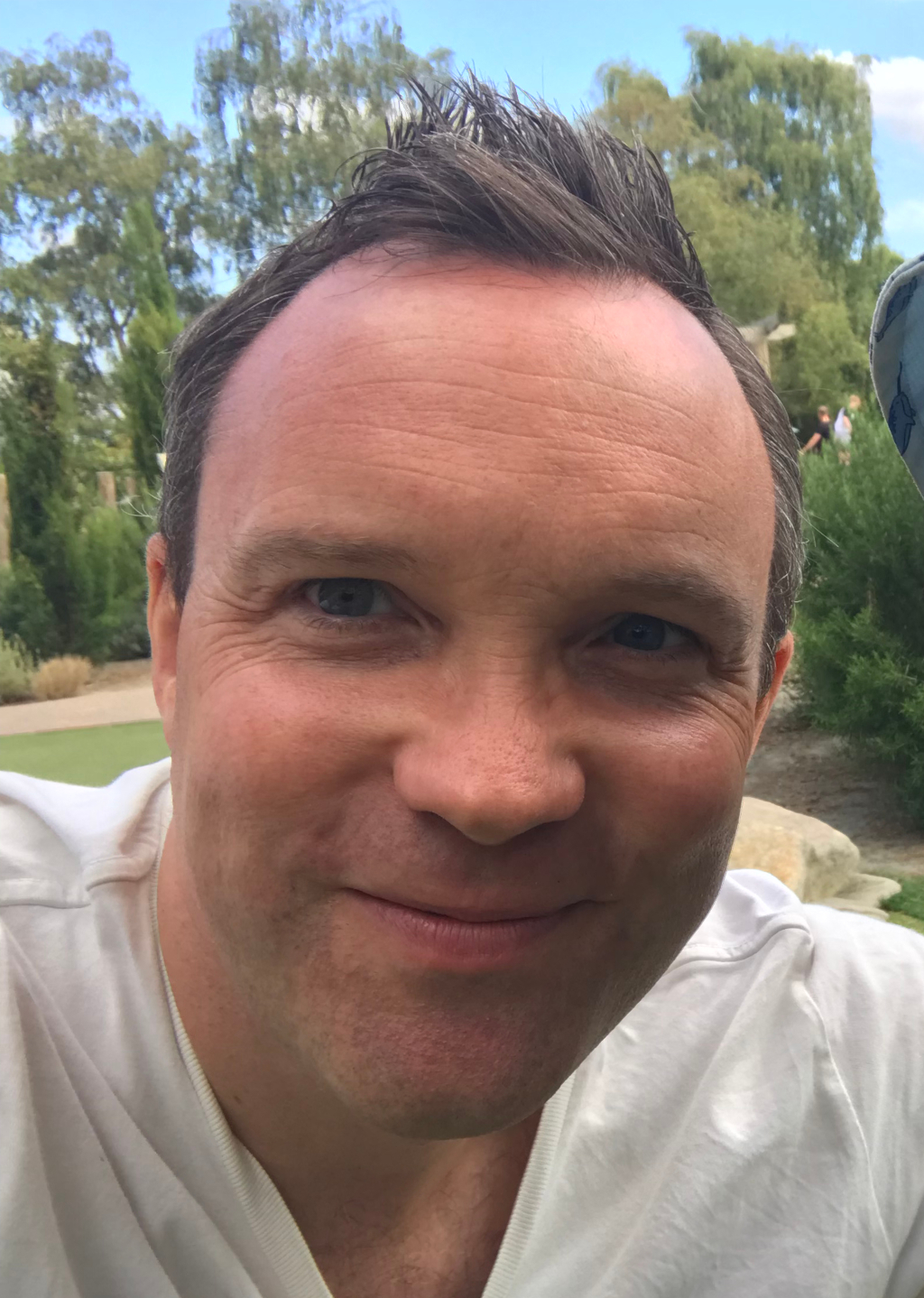The beauty of Gainsborough's paintings was built on a combination of subtlety and complexity that was carried across all of his portrait and landscape artworks
Gainsborough's artistic style took time to diverge from others in the UK at that time. Initially, in the 1740s, he would follow a similar path to his fellow members of the St Martin's Lane group of painters. This collection of young artists also included Hogarth, Hayman and Highmore.
As his career progressed he would forge his own style, as did the other members of this group. He was famous for a fast application of paint and also relying on his observations by eye rather than just his technical academic training. This represents the movement towards Romanticism and the abstract artists of the 20th century.
A pure reliance on academic technique would lead to many artists appearing from a production line, so his own approach enabled Gainsborough to set himself apart. He also used lighter colours later in his career and regularly painted at night by candlelight. The art market was very competitive in England at this time, meaning the likes of Stubbs, Reynolds and Gainsborough were constantly demanding more from themselves.
The interest of Lionel de Rothschild, a prominent art collector, helped to draw attention to the artist's best work and also contributed to their rising value. Others would pick up on this and start to collect his work for themselves.
Although prefering his landscape work, portraits were a valuable source of income for Gainsborough through multiple royal commissions. This work helped to push his reputation above other members of the Royal Academy and as a result allowed his to command a certain level of influence in the organisation.
Artist Gainsborough would try to portray himself as a manic, entirely spontaneous artist, almost like an 18th century Pollock, Rothko or Picasso. In reality he was intelligent and considered, but with some flair added in for good measure. Many who met both Reynolds and Gainsborough would tend to find the latter more engaging and a star quality more apparent.
Many have considered Reynolds to be the learned, educated individual and Gainsborough quite the opposite. In reality Thomas was a follower of theatre and intellectual society in general. He also counted writers and actors amongst his closest circle of friends.
The most famous paintings from artist Gainsborough are listed below, with more information available on each on their respective pages. He took in different parts of England during his distinguished career, covering London, Suffolk and parts of the West Country. Gainsborough House has been set up in his honour and hosts some of his original artwork.
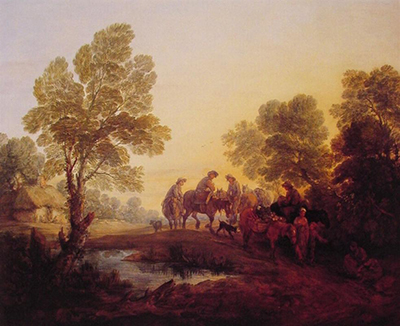
Evening Landscape Peasants and Mounted Figures
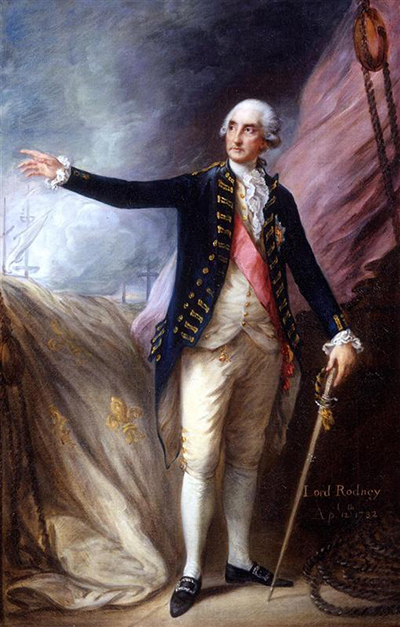
George Brydges Rodney Admiral of the White
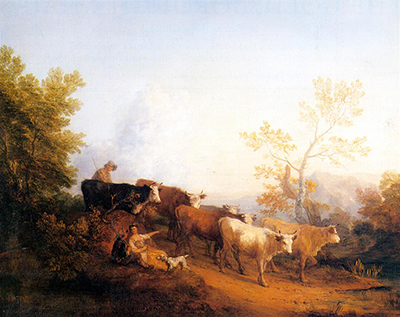
Homecoming
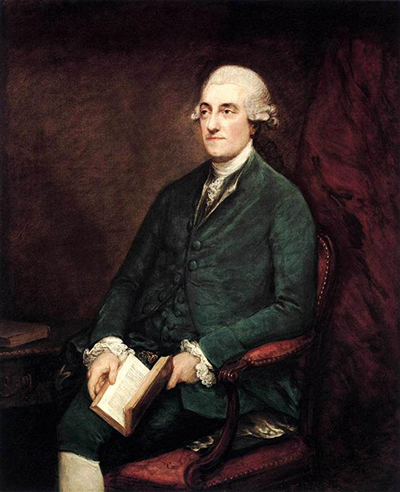
Isaac Henrique Sequeira
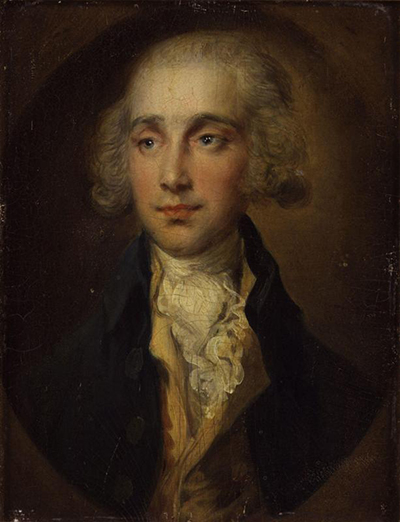
James Maitland 8th Earl of Lauderdale
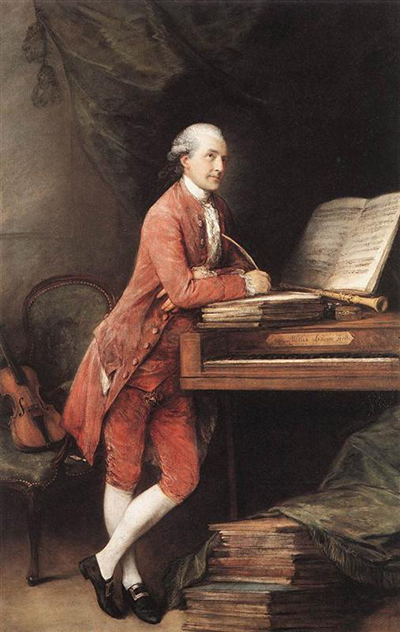
Johann Christian Fischer
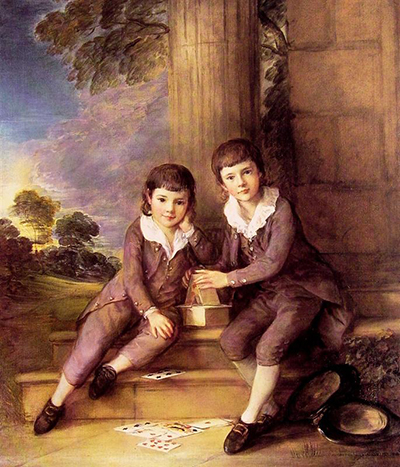
John and Henry Trueman Villebois
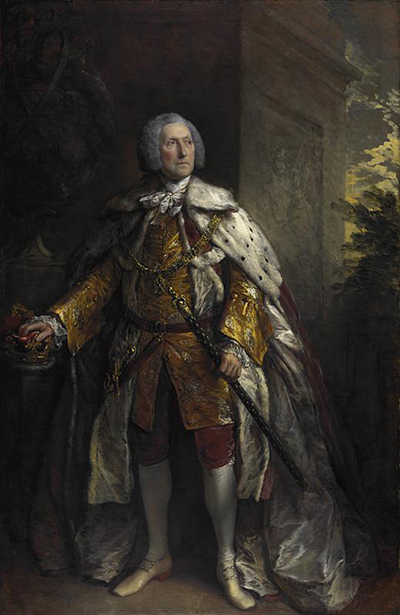
John Campbell 4th Duke of Argyll
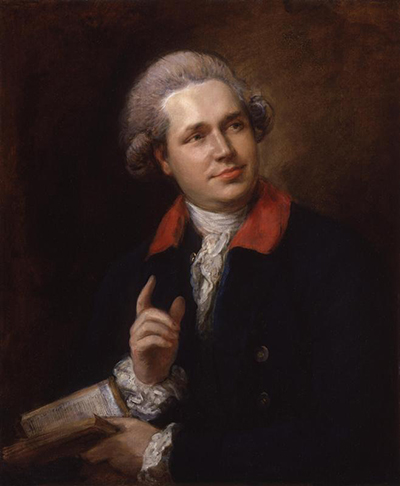
John Henderson
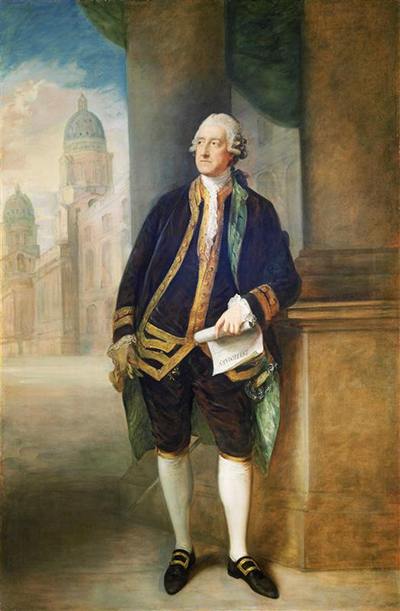
John Montagu 4th Earl of Sandwich
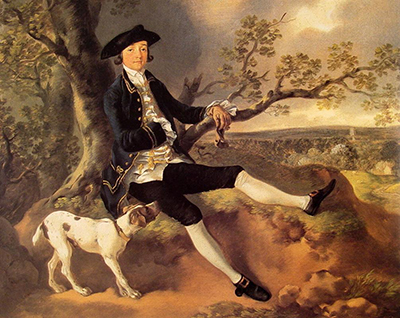
John Plampin
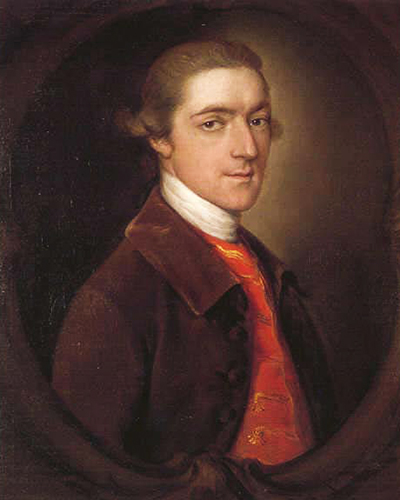
John Spencer 1st Earl Spencer
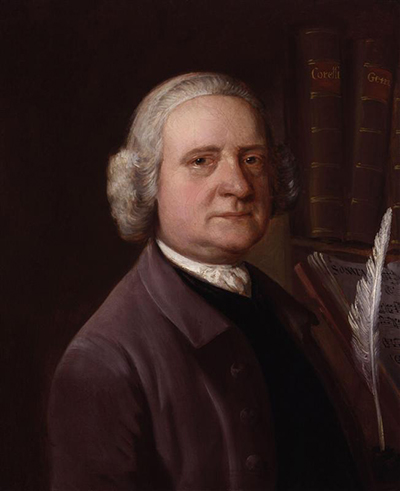
Joseph Gibbs
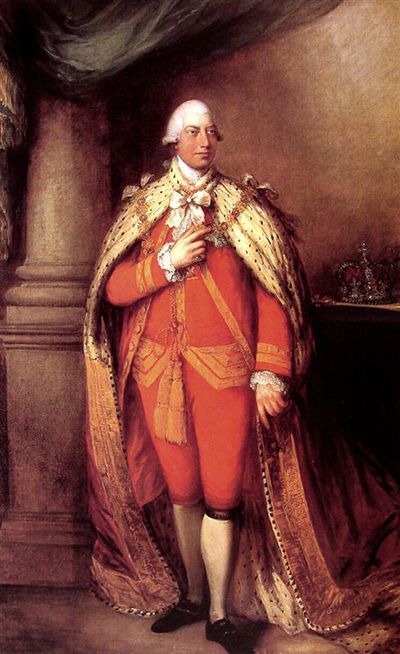
King George III
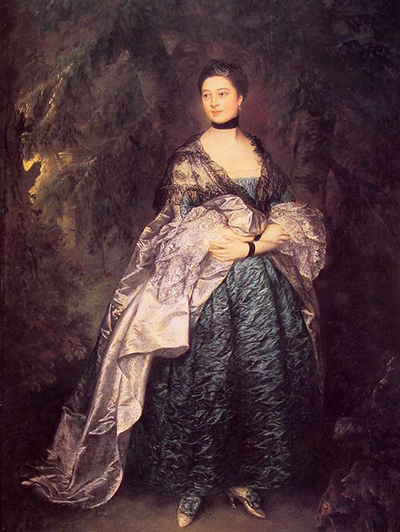
Lady Alston
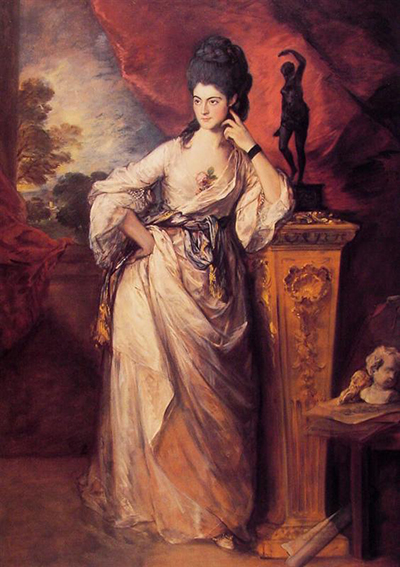
Lady Ligonier
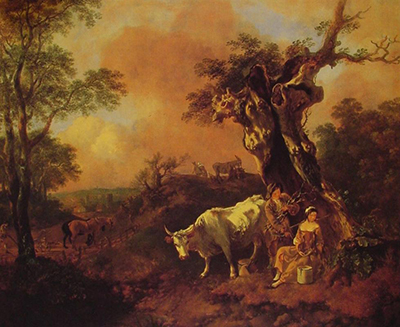
Landscape with a Woodcutter and Milkmaid
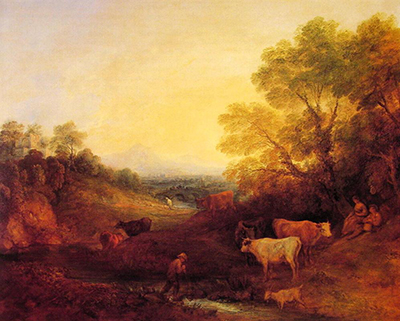
Landscape with Cattle
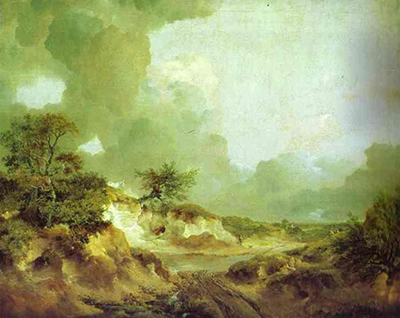
Landscape with Sandpit
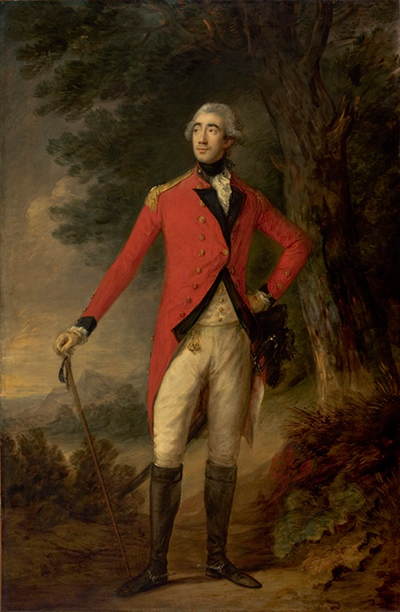
Lord Hastings Governor of India
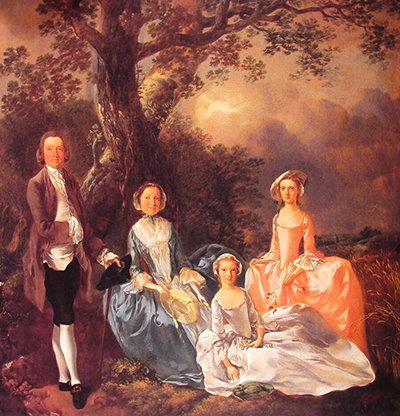
Mr and Mrs John Gravenor and their Daughters Elizabeth and Ann
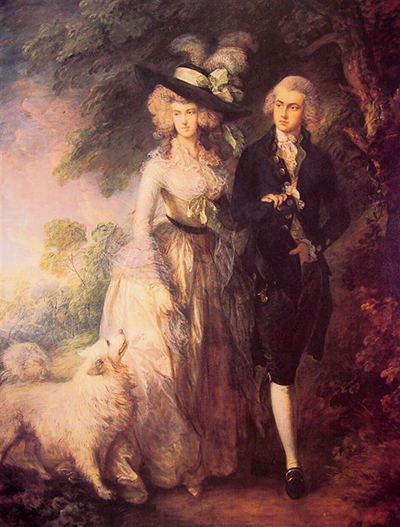
Mr and Mrs William Hallett the Morning Walk
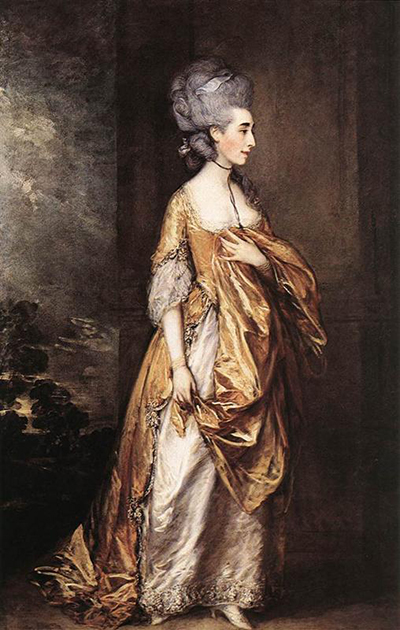
Mrs Grace Elliott
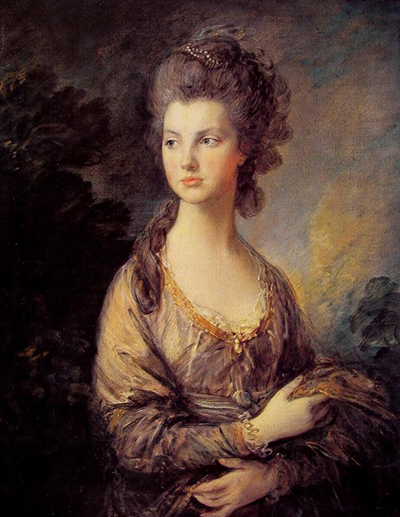
Mrs Graham
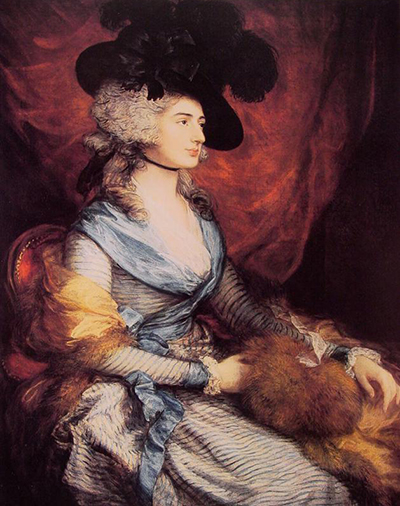
Mrs Sarah Siddons the Actress
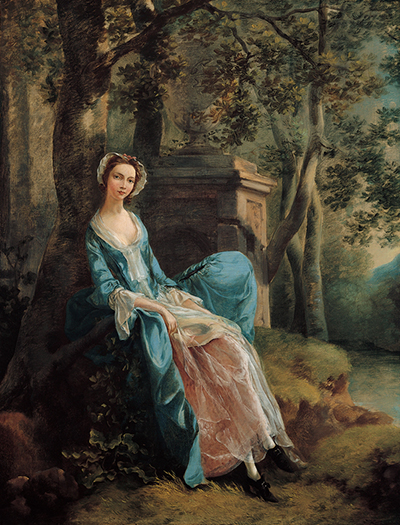
Portrait of a Woman
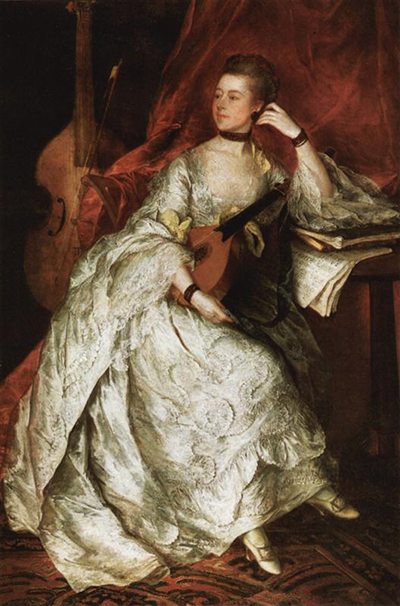
Portrait of Ann Ford later Mrs Thicknesse
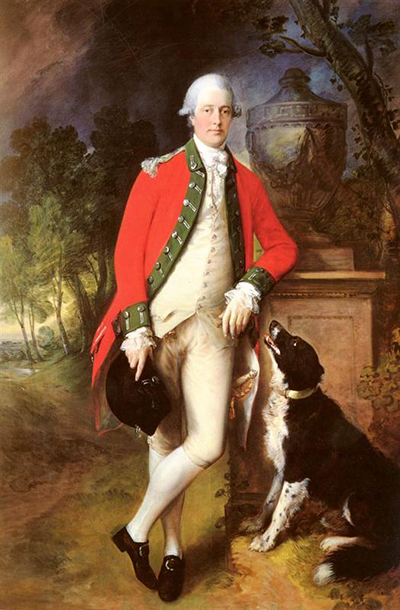
Portrait of Colonel John Bullock
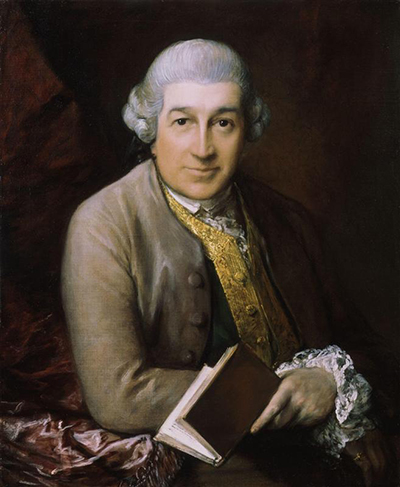
Portrait of David Garrick
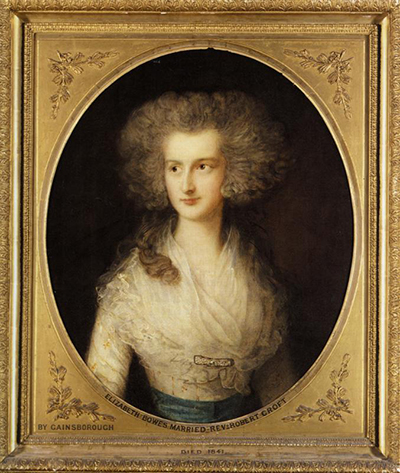
Portrait of Elizabeth Bowes
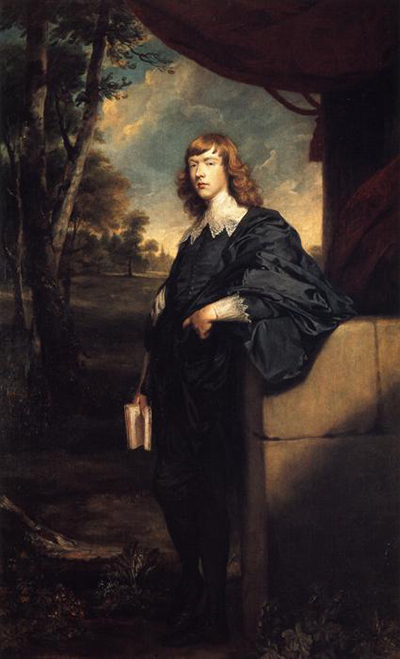
Portrait of George Spencer 2nd Earl Spencer
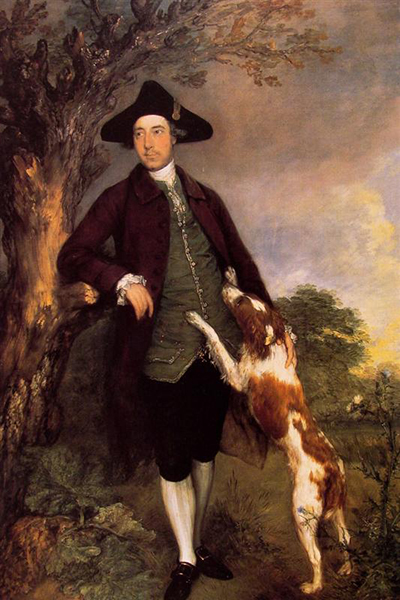
Portrait of George Venables Vernon 2nd Lord Vernon
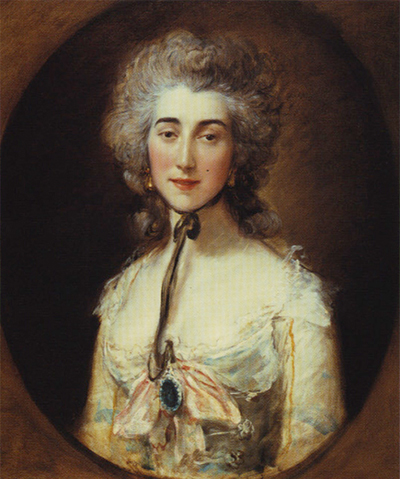
Portrait of Grace Dalrymple Elliott
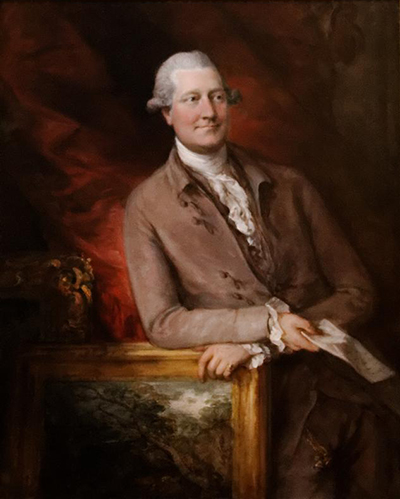
Portrait of James Christie
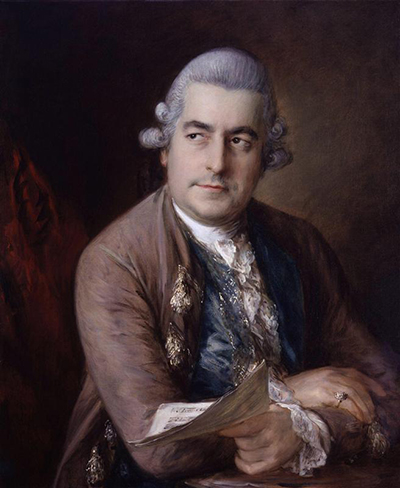
Portrait of Johann Christian Bach
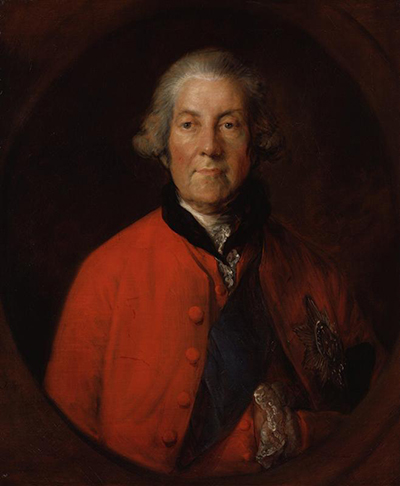
Portrait of John Russell 4th Duke of Bedford
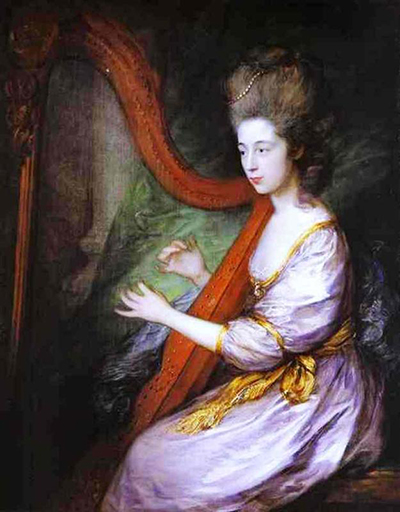
Portrait of Louisa Lady Clarges
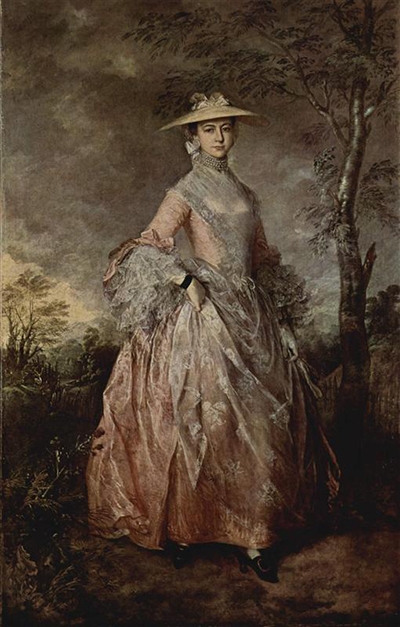
Portrait of Mary Countess Howe
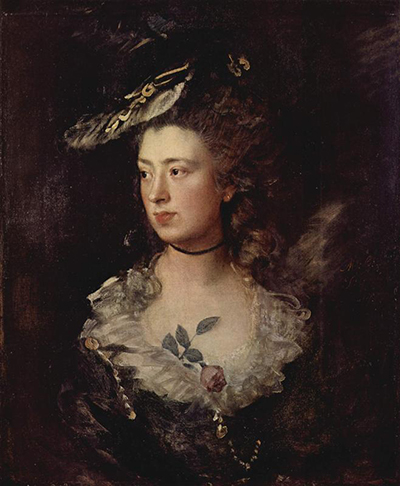
Portrait of Mary Gainsborough
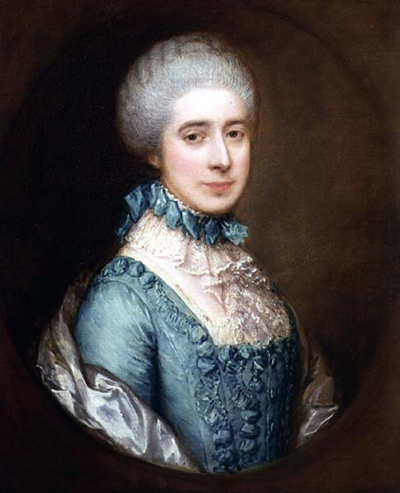
Portrait of Mrs Awse
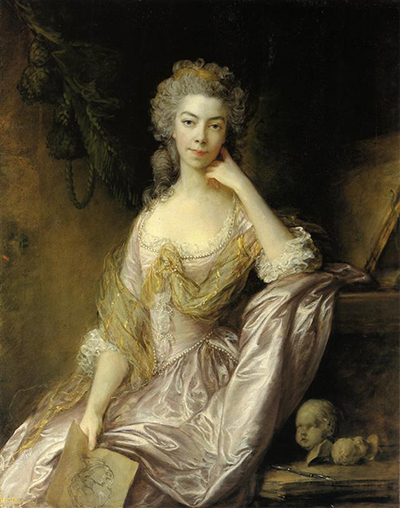
Portrait of Mrs Drummond
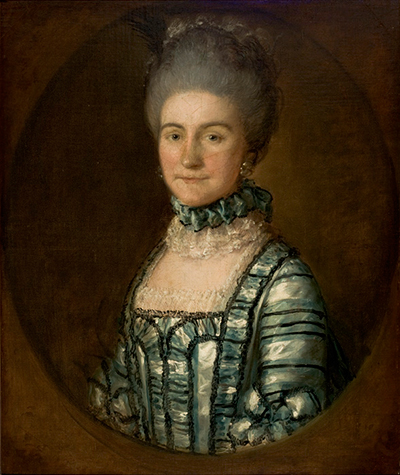
Portrait of Mrs John Bolton
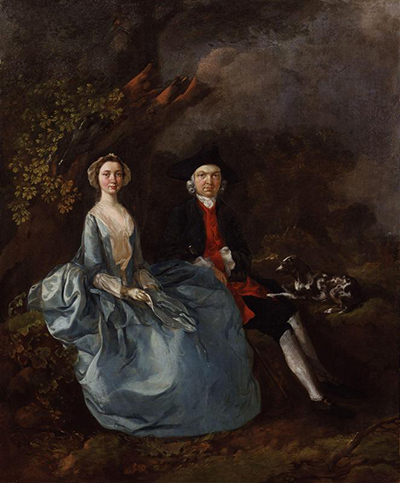
Portrait of Sarah Kirby Née Bull and John Joshua Kirby
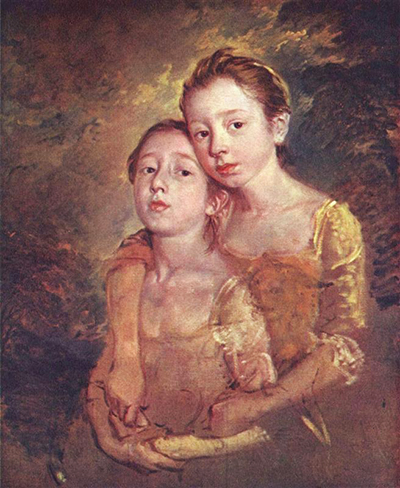
Portrait of the Artist's Daughter with a Cat
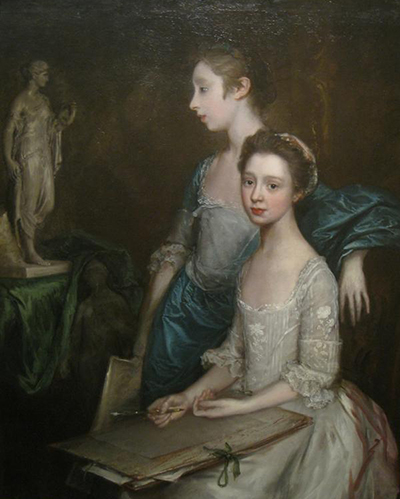
Portrait of the Artist's Daughters
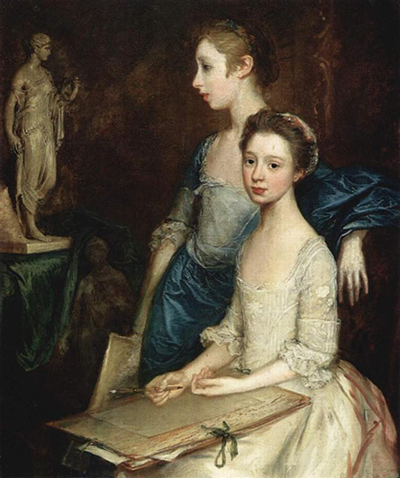
Portrait of Molly and Peggy with Drawing Supplies
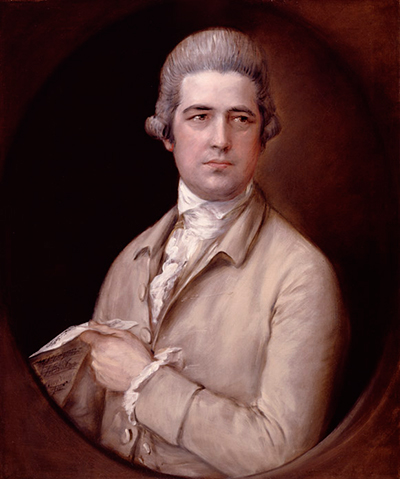
Portrait of Thomas Linley
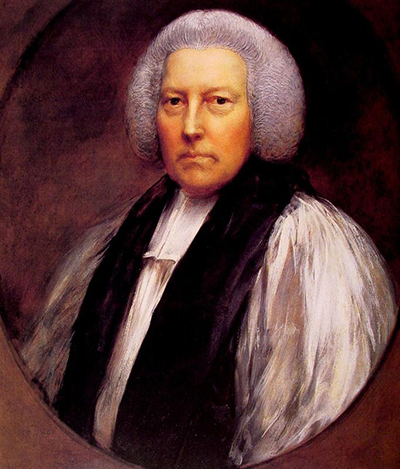
Richard Hurd Bishop of Worcester
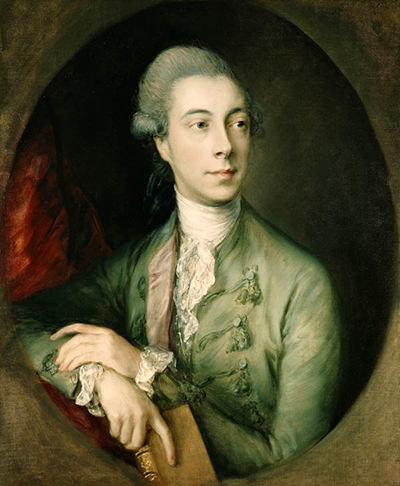
Richard Paul Jordell
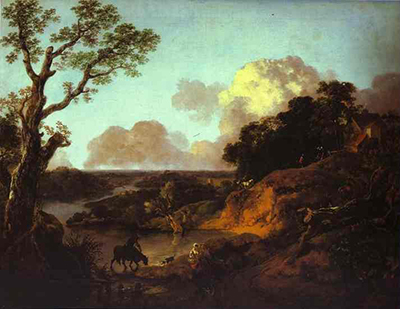
River Landscape with Rustic Lovers
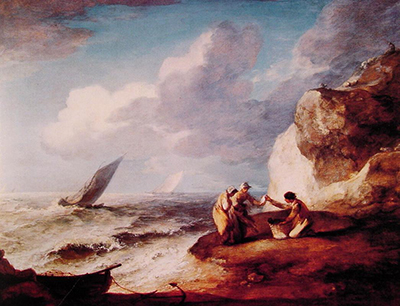
Rocky Coastal Scene
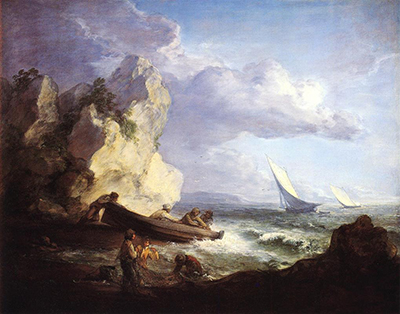
Seashore with Fishermen
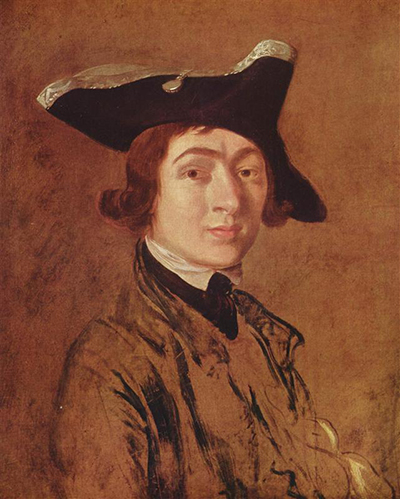
Self Portrait I
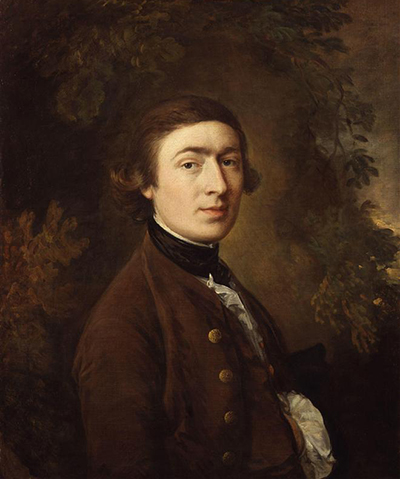
Self Portrait II
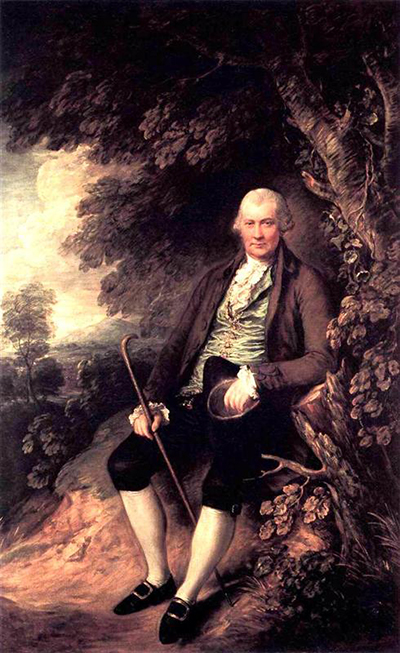
Squire John Wilkinson
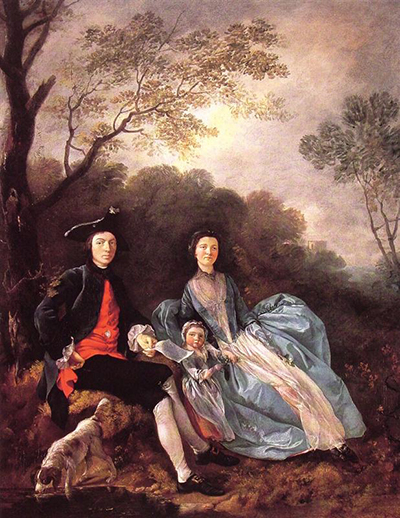
The Artist with his Wife and Daughter
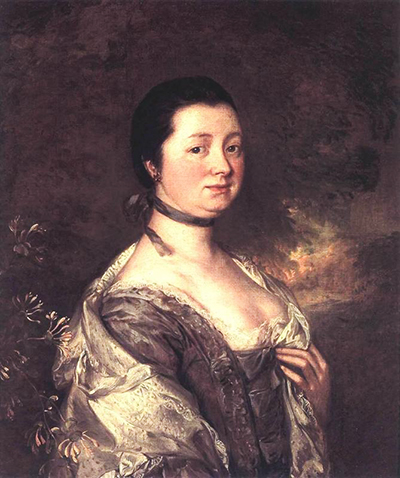
The Artist's Wife
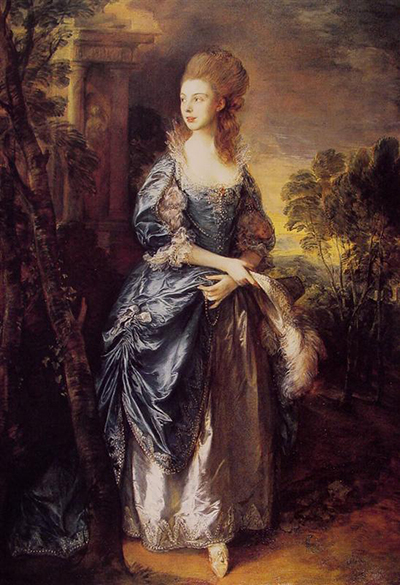
The Hon Frances Duncombe
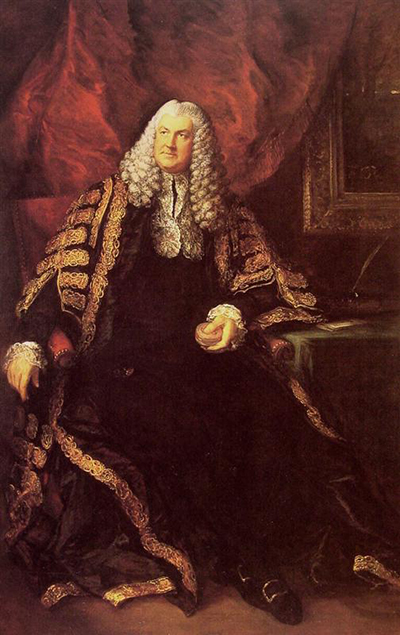
The Honourable Charles Wolfran Cornwall
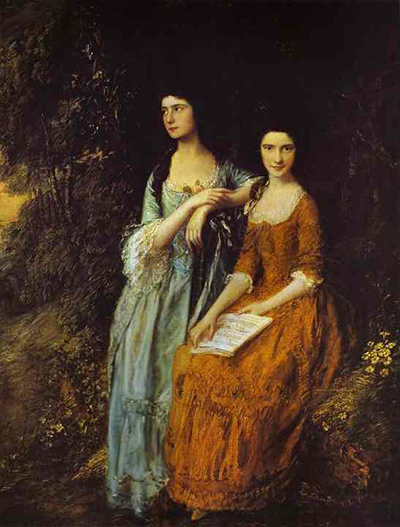
The Linley Sisters Mrs Sheridan and Mrs Tickell
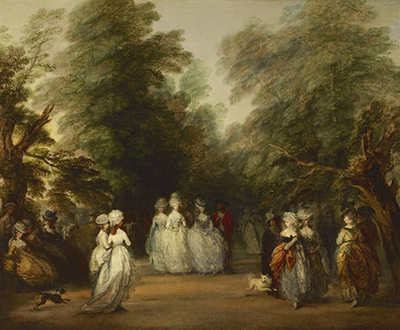
The Mall in St James's Park
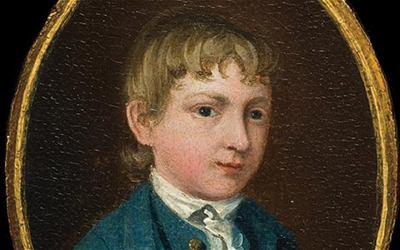
The Miniature Portrait of a Young Boy
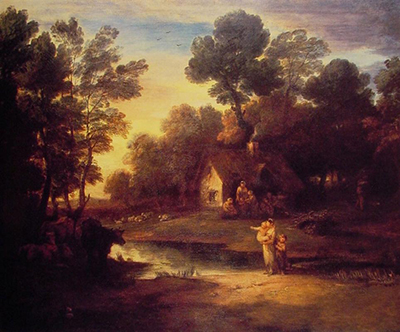
Wooded Landscape with Cattle by a Pool and a Cottage at Evening
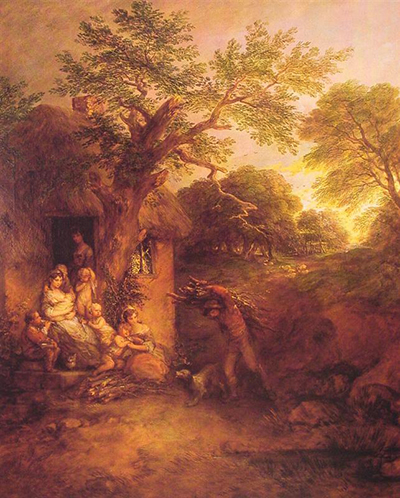
The Woodcutter's House
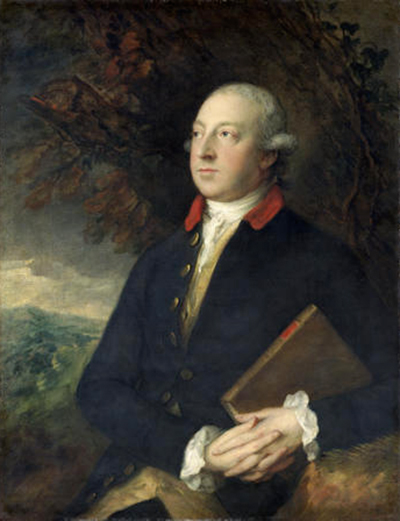
Thomas Pennant
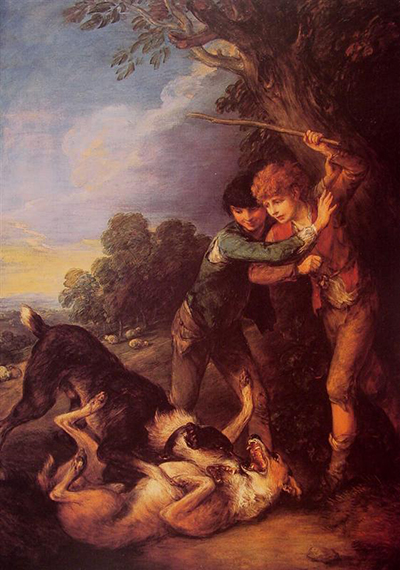
Two Shepherd Boys with Dogs Fighting
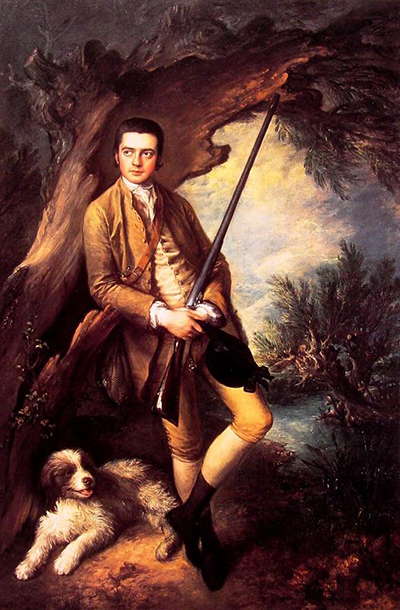
William Poyntz of Midgham and his Dog Amber
